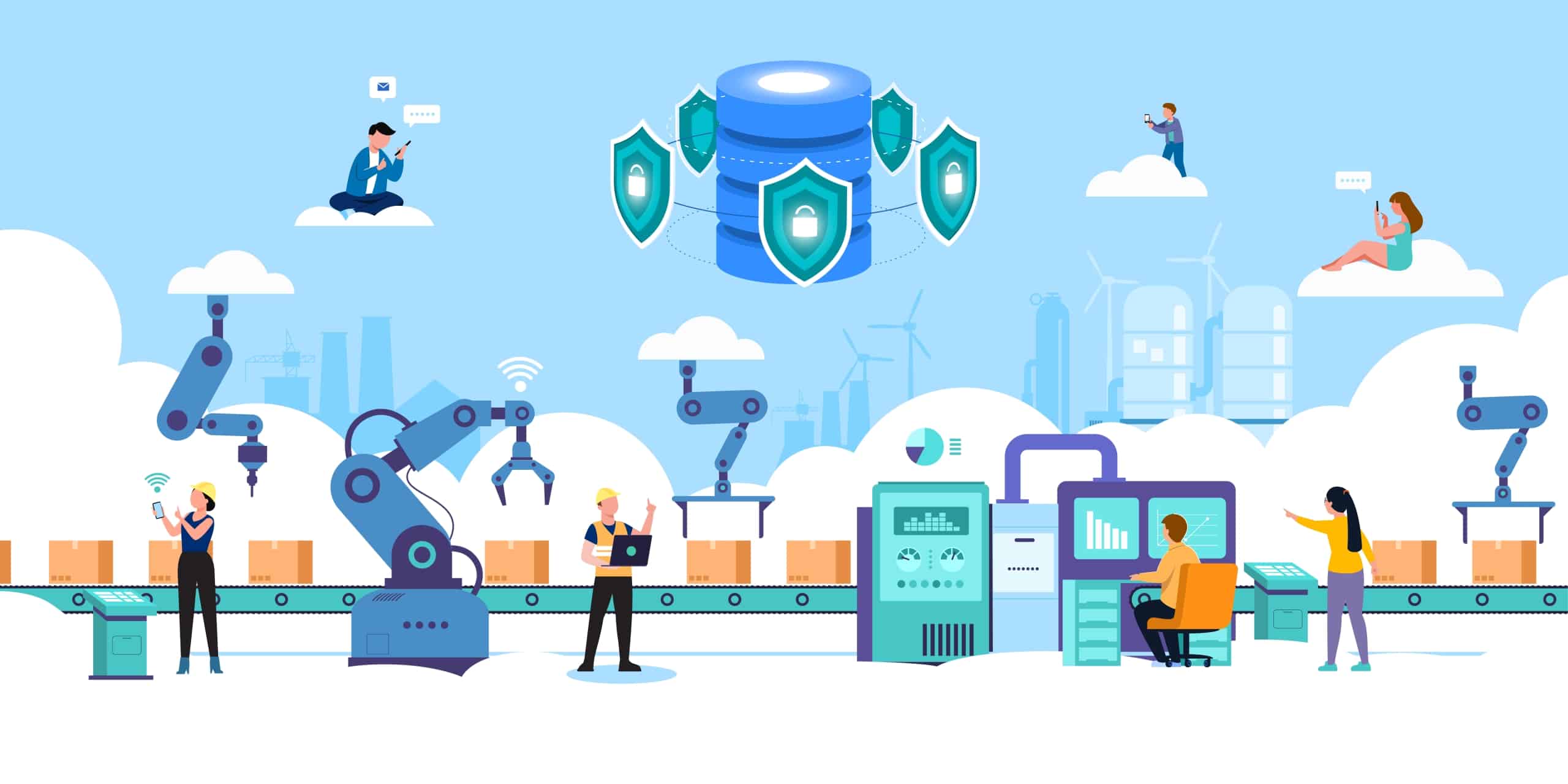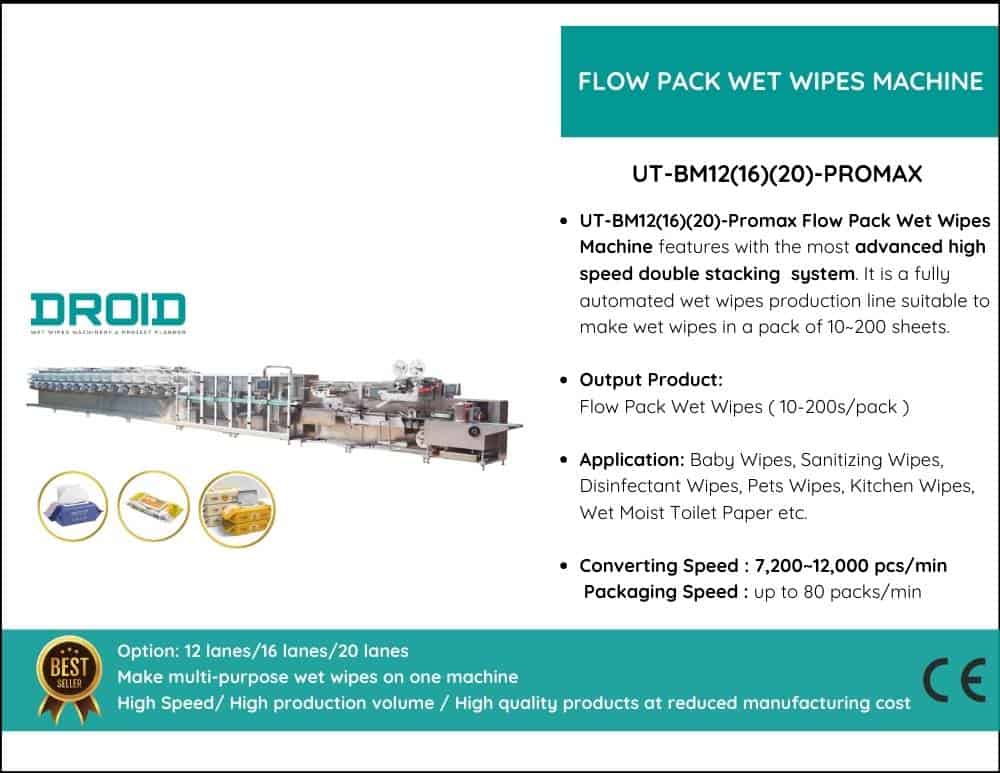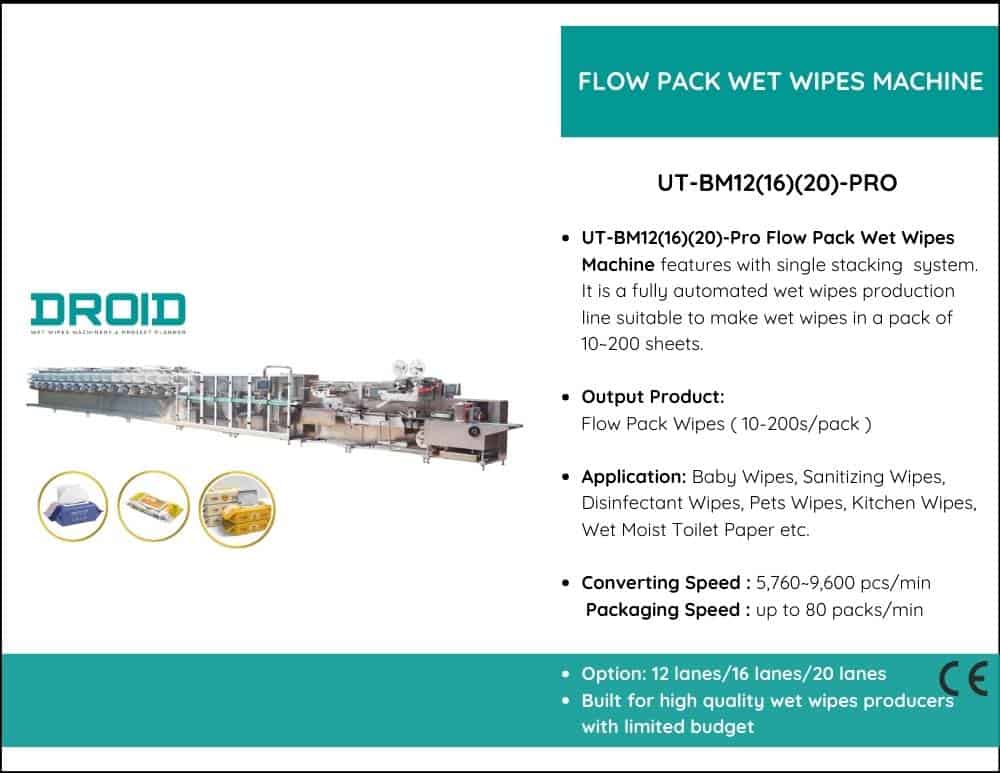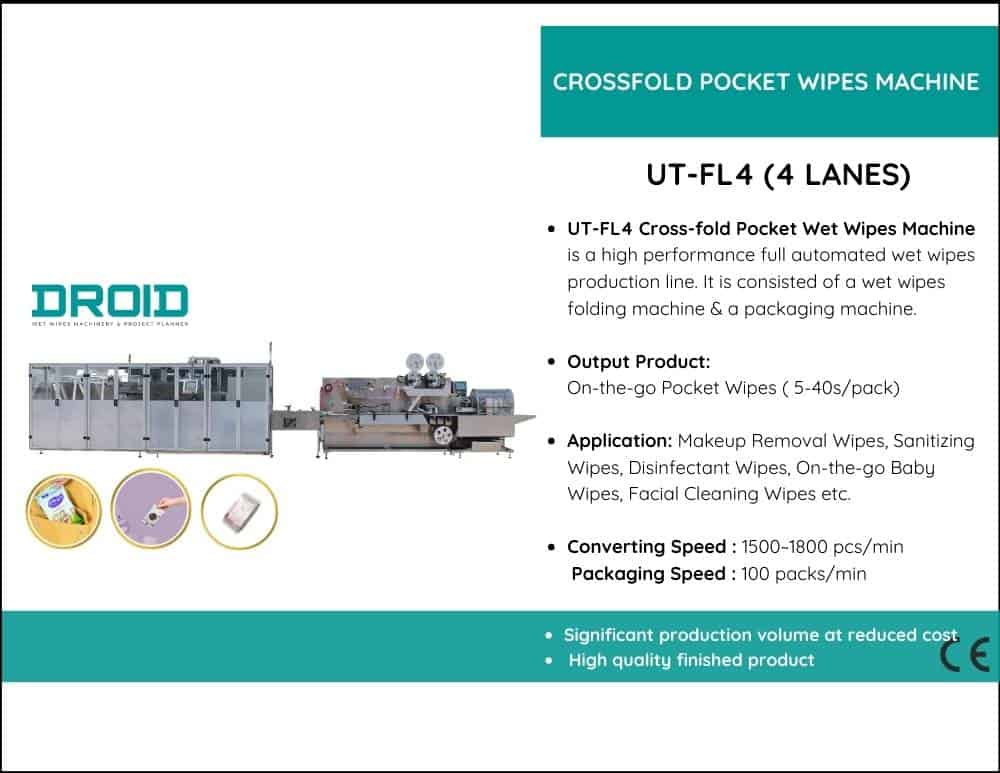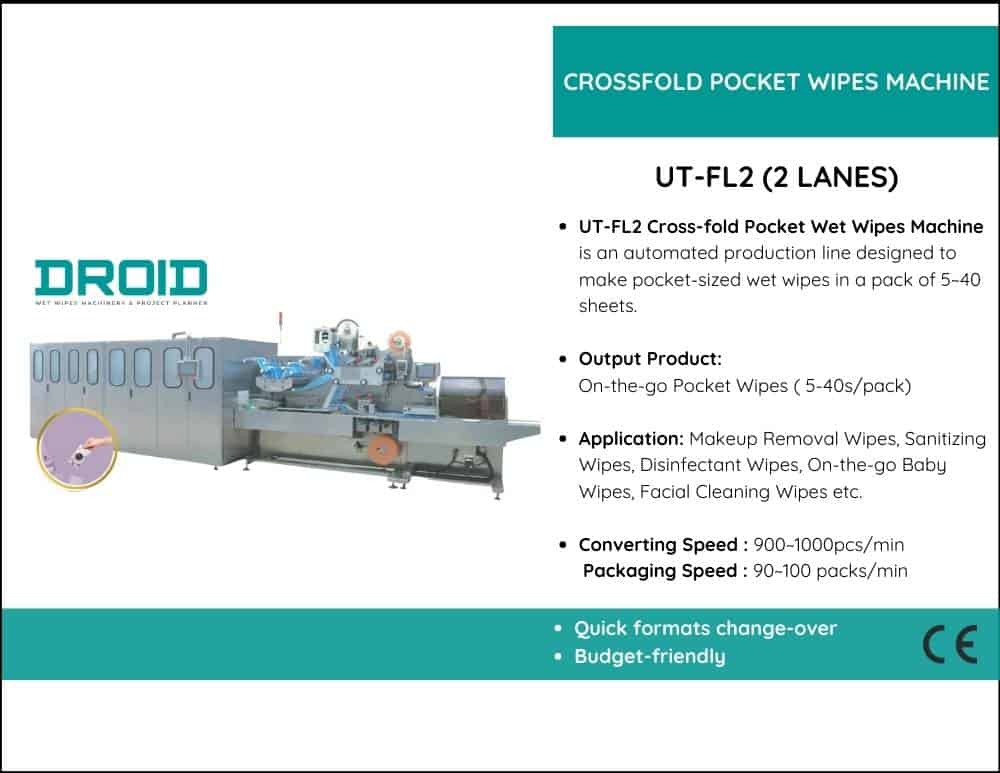6. Using Sustainable Production to Reduce Costs and Use Less Energy in the Manufacturing of Wet Wipes
Sustainability is now a cost-cutting tactic and a competitive advantage in the wet wipes sector, not only an environmental issue. Governments are imposing more stringent waste and emissions laws, while consumers are calling for more environmentally friendly goods. Wet wipes manufacturers may save expenses, maximize energy consumption, improve brand image, and help the environment by using sustainable manufacturing methods.
Power-Reduction via Energy-Efficient Equipment
Energy use is one of the main factors influencing operating expenses in the production of wet wipes. Electricity is needed in large quantities for drying systems, packing equipment, and high-speed manufacturing lines. Power consumption may be reduced by 20–30% without sacrificing performance by switching to energy-efficient equipment with variable-speed drives and servo motors.
For instance, automatic standby modes on contemporary wet wipes machines save power consumption during periods of reduced output. To prevent energy waste when full capacity is not required, smart sensors may modify machine settings in real time depending on demand. These improvements help reduce carbon emissions in addition to lowering power costs.
Sustainable Raw Materials to Satisfy Customer Needs
Conventional wet wipes are often composed of synthetic, non-biodegradable fibers that pollute the environment. By using compostable and biodegradable materials, such as bamboo fiber, organic cotton, or plant-based viscose, wet wipes manufacturers may satisfy environmentally sensitive customers while lessening their influence on the environment.
Furthermore, harsh preservatives and artificial perfumes may be swapped out with water-based and chemical-free formulations, which will make the product safer for users and less damaging to the environment. Sustainable raw materials may save waste disposal costs for consumers and producers alike, in addition to being in line with market trends.
Recycling Water and Cutting Production Waste
Large volumes of water are needed for the saturation and cleaning operations in the creation of wet wipes. Thousands of liters of water may be wasted every day by enterprises without adequate water management, increasing operating expenses and harming the environment.
Wet wipes manufacturers may reuse filtered water by installing closed-loop water recycling systems, which drastically lowers water use. Furthermore, automatic dispensing systems make sure that each wipe only uses the appropriate quantity of liquid, avoiding waste and misuse.
By streamlining material-cutting procedures, factories may also reduce waste by making sure that extra packaging and fabric scraps are recycled rather than thrown away.
Eco-Friendly Packaging Options to Cut Down on Plastic Waste
A significant amount of garbage in the environment is caused by single-use plastic packaging. Wet wipes manufacturers may fight this by using packaging materials that are recyclable, biodegradable, or compostable. Alternatives to conventional plastic films that are more environmentally friendly include paper-based wraps, PLA bioplastics, and post-consumer recycled (PCR) plastics.
Furthermore, creative packaging ideas like bulk packaging and reusable wet wipes dispensers might contribute to a decrease in the total amount of plastic used. By using these eco-friendly substitutes, plastic-related expenses may be reduced while simultaneously drawing in eco-aware customers who favor sustainable businesses.
Integrating Renewable Energy to Save Money Over Time
Wet wipes manufacturers may include renewable energy sources, such as solar panels or wind turbines, in their manufacturing facilities to further decrease expenses and reduce dependency on fossil fuels. Renewable energy systems may need a large initial investment, but they are a beneficial option due to the long-term power bill savings and government incentives.
Additionally, several firms are looking at waste-to-energy systems, which turn manufacturing waste into biofuel or other reusable energy sources. This method produces a self-sustaining energy source for industrial processes in addition to lowering waste disposal expenses.
Green Certifications and Regulatory Compliance for a Competitive Edge
In addition to lowering expenses, sustainable manufacturing enables companies to get green certifications and satisfy legal obligations. Certifications like:
- Environmental Management System, or ISO 14001
- OEKO-TEX (Safe Chemicals and Textiles)
- For Sustainable Sourcing, the Forest Stewardship Council (FSC)
- ECOCERT for Biodegradable and Organic Products
These certifications increase the legitimacy of the brand and provide access to new markets, such as stores that value environmentally friendly providers. Companies may also avoid fines, penalties, and product distribution limits in certain areas by adhering to sustainability standards.
Concluding Remarks: An Ecological and Business-Friendly Approach
Being environmentally conscious is just one aspect of sustainable manufacturing; other goals include cost reduction, resource optimization, and maintaining competitiveness. Wet wipes manufacturers may save costs while satisfying customer and regulatory requirements by investing in eco-friendly materials, water recycling, sustainable packaging, renewable energy, and energy-efficient technology.
Businesses that adopt sustainability now can ensure long-term profitability, improve brand loyalty, and establish a better market position as the industry shifts to greener production.



